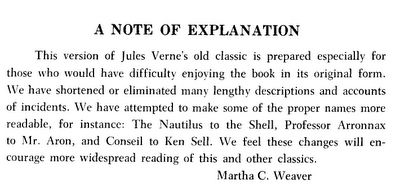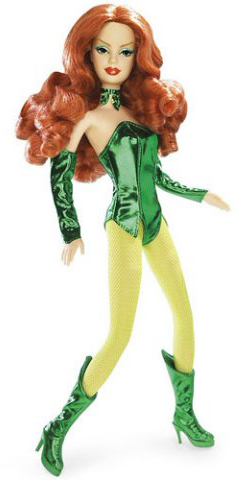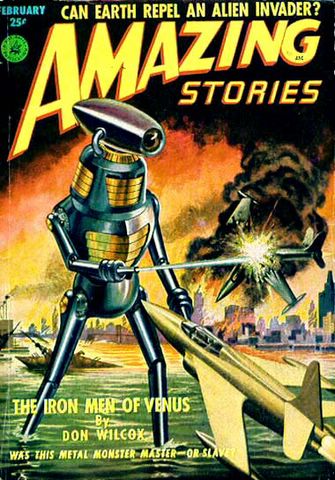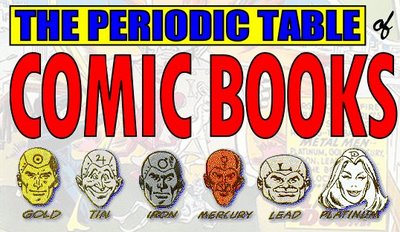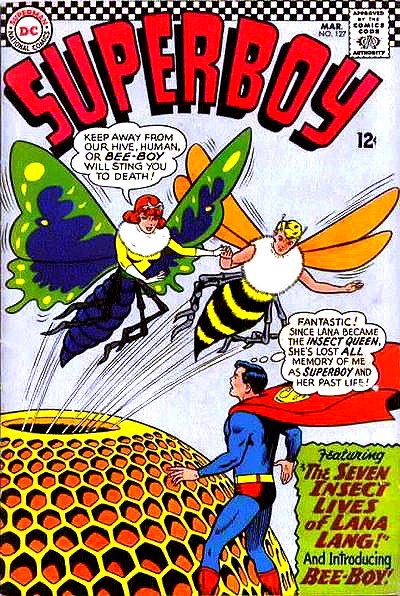
A new study suggests that brain and behavior relationships may have changed in a profound way as larger, more complex insect societies evolved from smaller, simpler ones.
Researchers found that a key region in the brains of a primitively social paper wasp is better developed in dominant females than in subordinate ones.
In the new study, O'Donnell and colleagues from the University of Texas studied the brain development of the primitively social wasp Mischocyttarus mastigophorus in the tropical cloud forest near Monteverde, Costa Rica.
The work is important because O'Donnell said social insects are a great model for understanding the design of brains and the relationship between brain design and social complexity. "And it has implications for human society because the evolution of our own society may affect brain development. Social behavior places pretty heavy demands on the human brain." link
The Wasp Woman:



